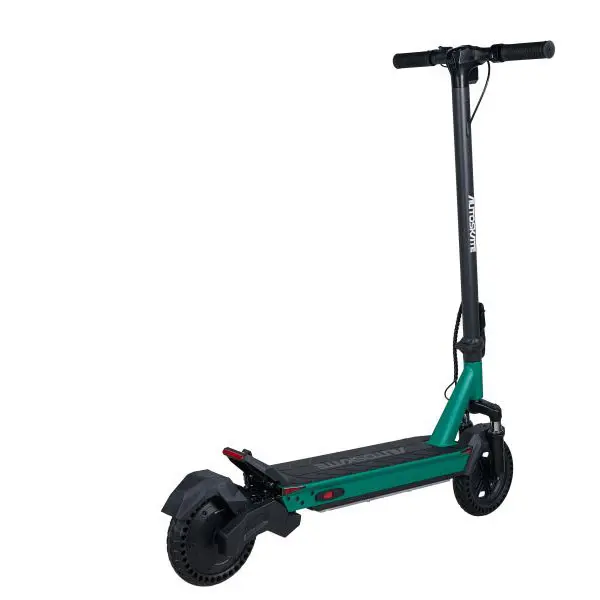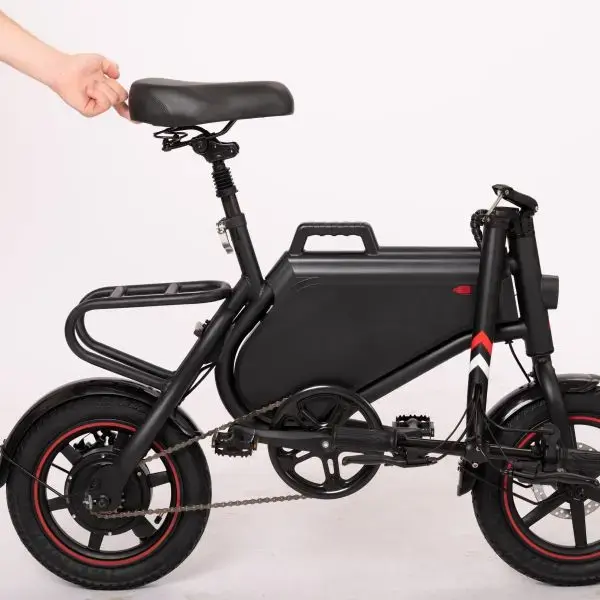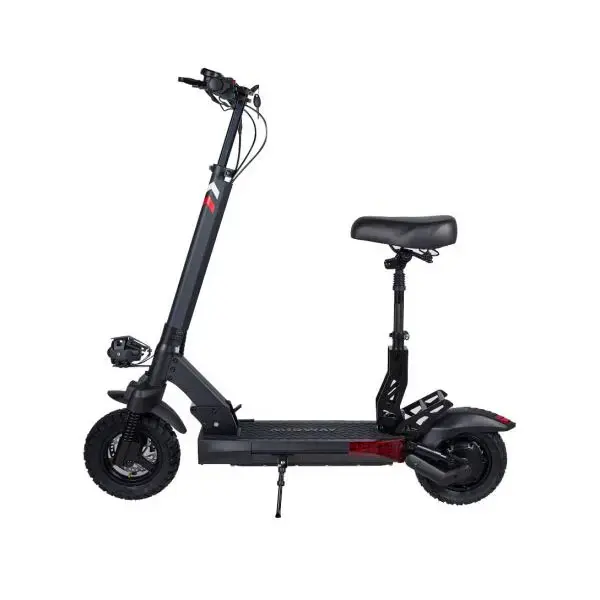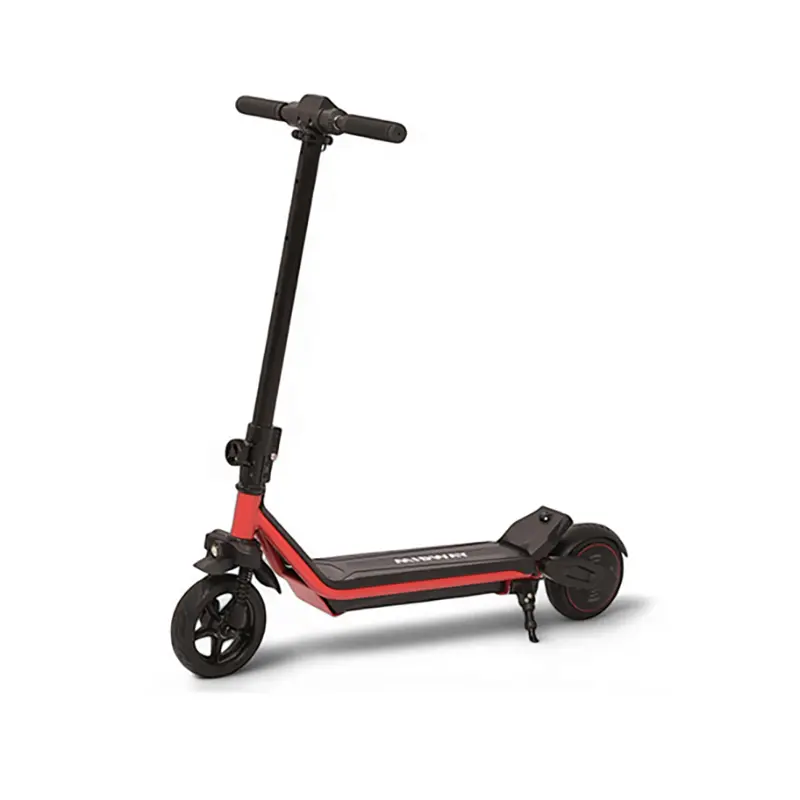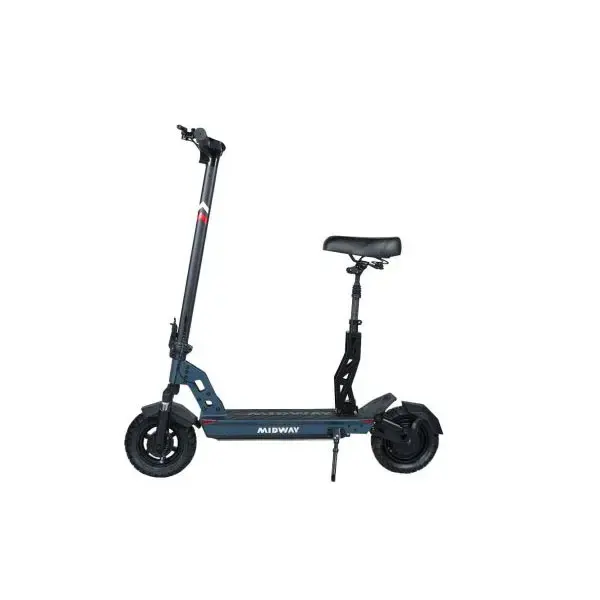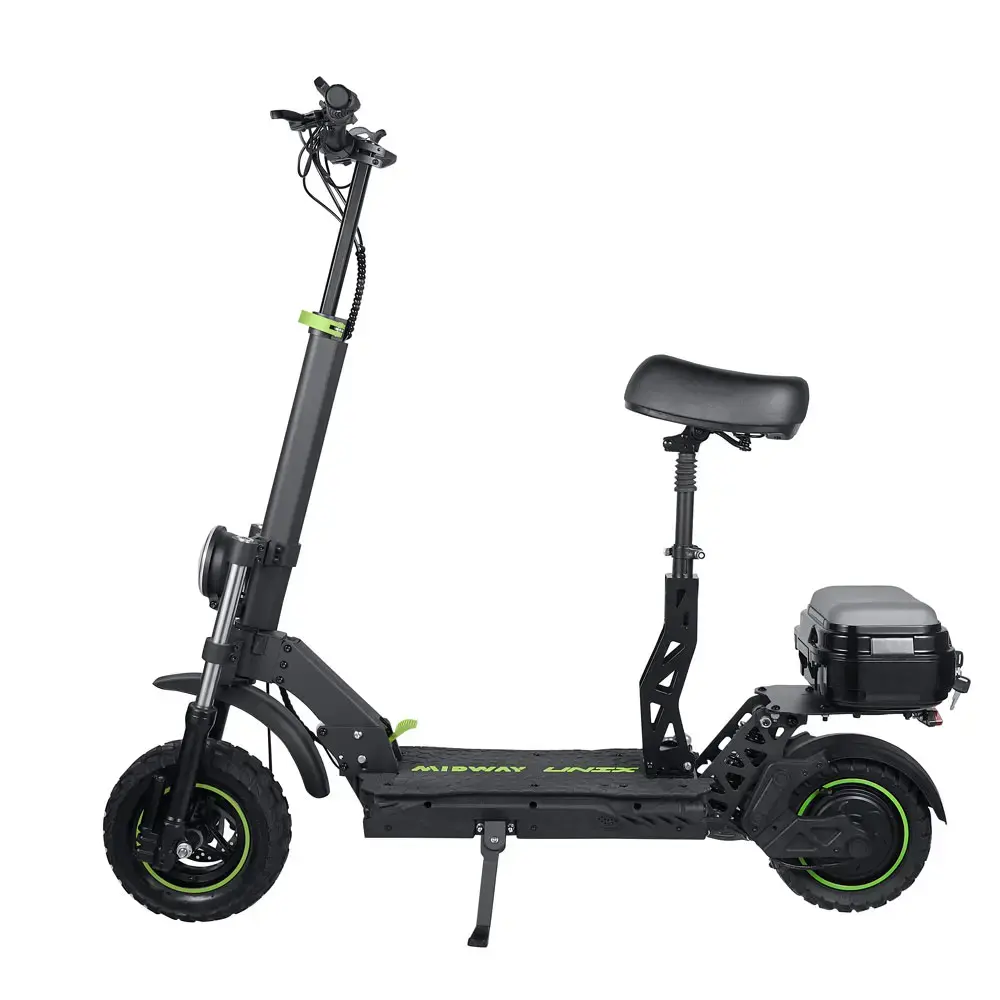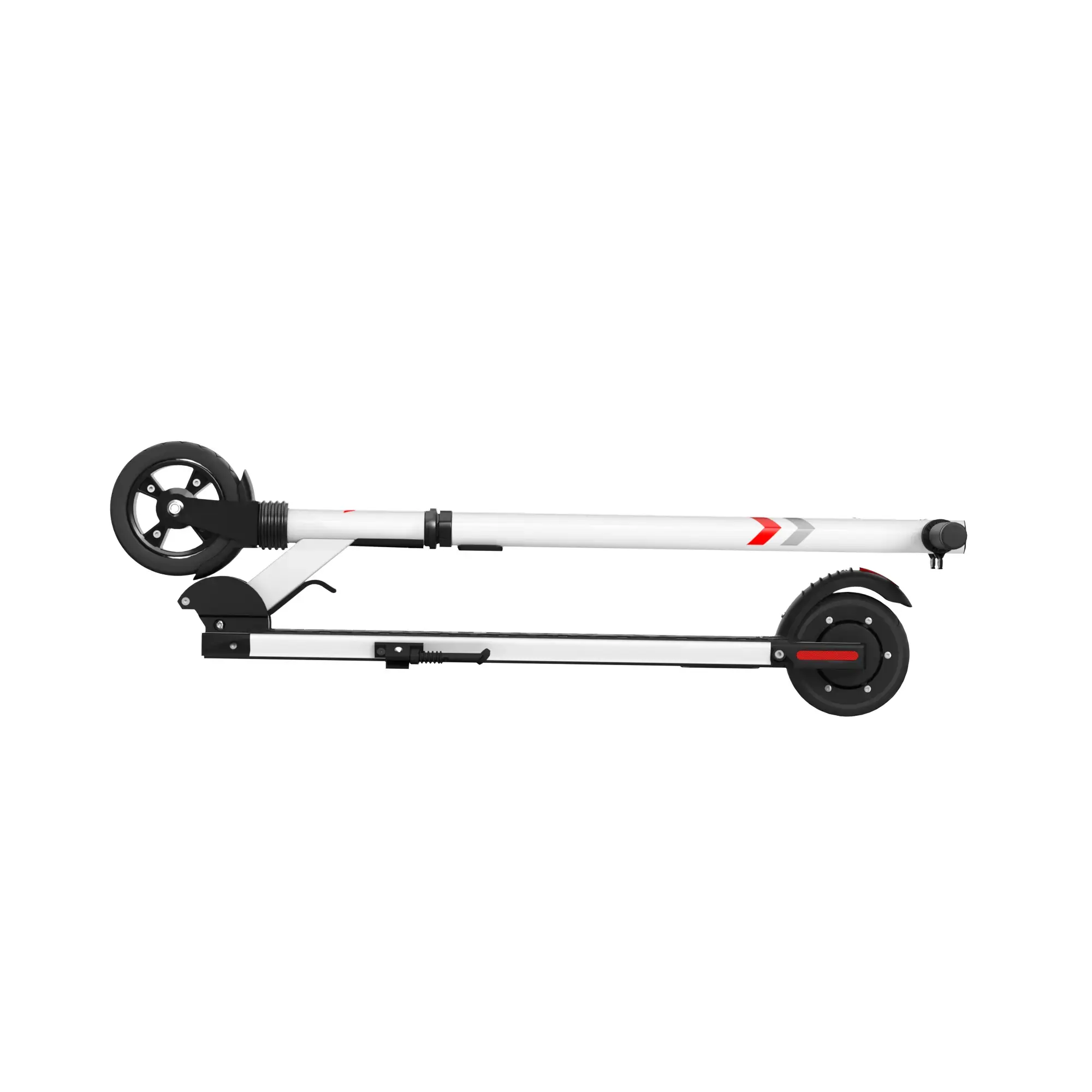A full analysis of special regulations for the transportation of electric scooters batteries
A full analysis of special regulations for the transportation of electric scooters batteries
In the international trade of electric scooters, battery transportation is a critical and complex link. Due to its particularity, countries and modes of transportation have formulated strict regulations. Understanding these regulations is crucial to ensure transportation safety and compliance and avoid losses.
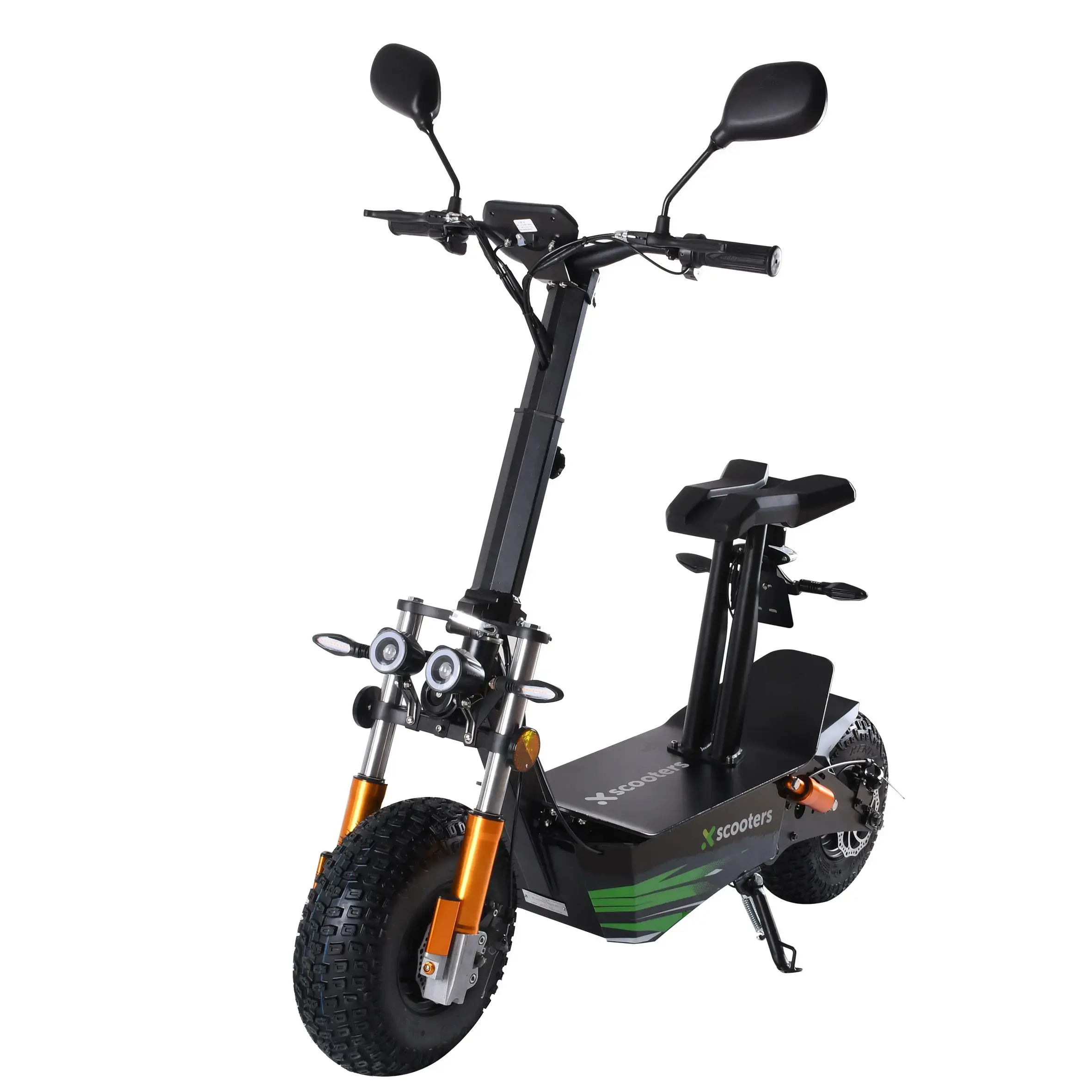
1. Reasons for special regulations for the transportation of electric scooters batteries
The lithium-ion batteries commonly used in electric scooters may experience thermal runaway due to extrusion, collision, short circuit, overheating, etc. during transportation, causing fire or even explosion, which poses serious safety hazards. Therefore, they are listed as Class 9 dangerous goods. In addition, the chemical properties of batteries make it possible for them to leak harmful substances under certain conditions, causing harm to the environment and human health. This is also an important reason for formulating special transportation regulations.
2. Special regulations under different modes of transportation
(I) Air transport
UN number and classification: Usually UN3481 (lithium-ion batteries are packaged together with or installed in equipment) or UN3171 (battery-powered vehicles, including electric scooters) applies.
Packaging requirements: Batteries must have anti-short circuit measures, such as covering the electrodes with insulating materials. Electric scooters should be fixed in the packaging to prevent movement and accidental activation. The packaging must also be able to withstand a certain amount of pressure to prevent damage to the battery.
Marking and labeling: Class 9 dangerous goods labels and "Lithium Battery Transport Special" labels are required, indicating the watt-hour capacity of the lithium battery, UN number and other information. For small-packaged lithium battery cells or batteries, the lithium battery mark or "small lithium battery mark" must be marked on the package.
Document requirements: MSDS, transportation identification report, UN38.3 test report and other documents are required.
Airline restrictions: Some airlines prohibit electric scooters as checked baggage or carry-on baggage, such as Lufthansa. Even if allowed, there are battery capacity restrictions. For example, in most cases, devices with a battery capacity of more than 160Wh are not allowed on board.
(II) Ocean transportation
UN number and classification: Similar to air transportation, mainly UN3481 and UN3171.
Packing requirements: Batteries must have separate inner packaging, sealed and waterproof, such as separated by blister or cardboard. The outer packaging should be strong to ensure that the batteries will not collide with each other or be damaged during transportation. The size of the wooden box should not exceed 115×115×120CM.
Marking and labeling: The outer packaging must be affixed with accurate dangerous goods labels and battery labels, including UN number, lithium battery type, watt-hour capacity and other information.
Document requirements: In addition to MSDS, transportation identification report, UN38.3 test report, it is also necessary to provide "Outbound Dangerous Goods Packaging Use Identification Result Sheet" and other documents.
(III) Land transportation
Regulation compliance: Mainly follow the "Dangerous Goods Road Transport Rules" (ADR) and other regulations.
Packaging requirements: Batteries must be properly packaged to prevent short circuits and damage. For large electric scooters, special transport vehicles may be required for fixing and protection.
Document requirements: Dangerous goods transportation related documents, such as dangerous goods transportation licenses, must be provided.
3. Special regulations of various countries and regions
(I) United States
Import restrictions: The United States implements strict safety standards for imported electric scooter batteries, such as UL 2272 standards, and relevant certifications must be passed before import.
Transportation requirements: During transportation, electric scooter batteries must comply with the dangerous goods transportation regulations of the U.S. Department of Transportation (DOT), including requirements for packaging, marking, labeling and documentation.
(II) EU
Battery Directive: From August 18, 2025, the Batteries and Waste Batteries Regulation (EU) 2023/1542 will replace the original battery directive 2006/66/EC, and impose higher requirements on the production, sale and recycling of batteries.
Transportation regulations: In terms of air and sea transportation, the EU follows the relevant regulations of the International Civil Aviation Organization (ICAO) and the International Maritime Organization (IMO), and has strict requirements for the packaging, marking and documentation of battery transportation.
(III) Other countries
Japan: Imported electric scooter batteries are subject to the JIS C 8714 standard to ensure the safety and reliability of the batteries. During transportation, they must also comply with Japan's domestic dangerous goods transportation regulations.
Canada: The transportation of electric scooter batteries must comply with the dangerous goods transportation regulations of the Canadian Department of Transport, including correct classification, packaging, marking and labeling requirements.
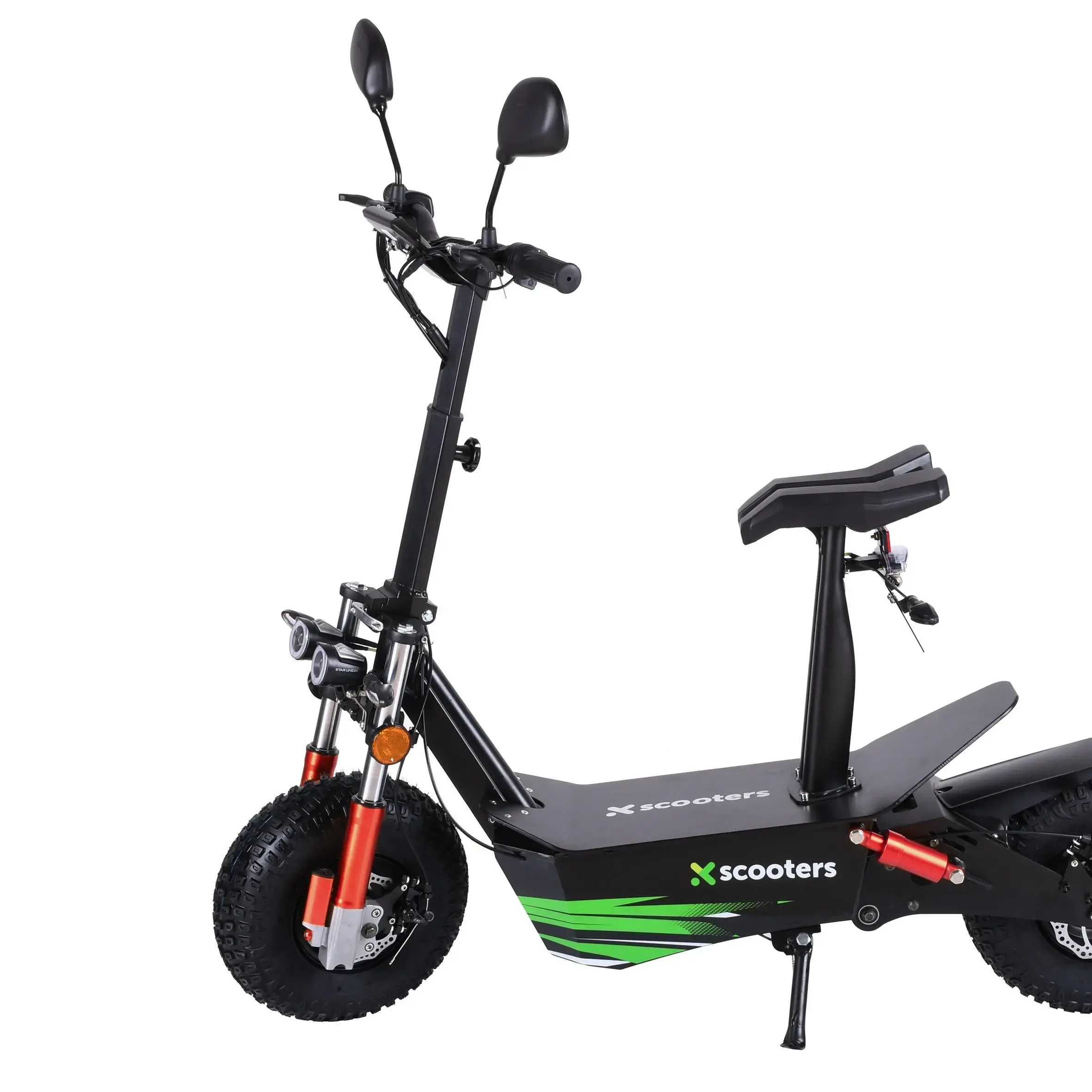
4. Safety management of electric scooter battery transportation
(I) Corporate responsibility
Compliance production: Electric scooter manufacturers must ensure that batteries meet relevant safety standards and quality requirements, and provide accurate product information and test reports.
Employee training: Provide professional training for employees engaged in battery transportation to familiarize them with transportation regulations and operating procedures and be able to handle emergencies correctly.
(II) Transportation process safety
Loading and unloading safety: When loading and unloading electric scooters, be gentle to avoid impact and squeezing of batteries. Use appropriate loading and unloading equipment and tools to ensure the stability and safety of transportation tools.
Transportation monitoring: During transportation, monitor electric scooter batteries in real time to detect and handle abnormal situations in a timely manner. Such as abnormal temperature rise, battery leakage, etc.
(III) Emergency handling
Develop an emergency plan: Enterprises should formulate a complete battery transportation emergency plan, clarify emergency responsibilities, emergency procedures and emergency resources, etc., to ensure that they can respond quickly and effectively in emergencies.
Emergency drills: Organize emergency drills regularly to improve employees' emergency response capabilities and test the effectiveness and operability of emergency plans.
5. Future trends and suggestions
(I) Trends in regulatory changes
Continuous tightening: With the improvement of awareness of lithium battery safety risks, transportation regulations in various countries and regions will become more stringent, and requirements for packaging, testing, documents, etc. will continue to increase.
Regulatory coordination and unification: International organizations and countries will strengthen cooperation to promote the coordination and unification of lithium battery transportation regulations and reduce trade barriers caused by regulatory differences.
(II) Suggestions for corporate response
Pay attention to regulatory trends: Pay close attention to changes in international and domestic lithium battery transportation regulations, and adjust the company's transportation management and operation procedures in a timely manner.
Strengthen supply chain management: Strengthen communication and collaboration with suppliers and logistics partners to ensure compliance and safety of the entire supply chain.
In short, the special regulations for the transportation of electric scooter batteries are to ensure safety and environmental protection during transportation. Enterprises and related practitioners must strictly abide by these regulations and strengthen safety management to promote the healthy development of international trade in electric scooters.






